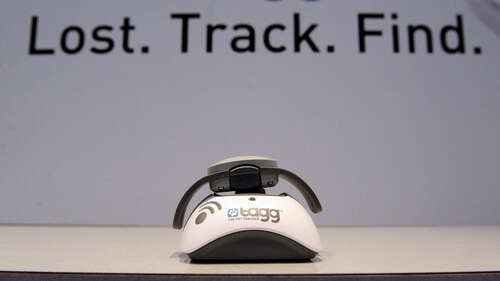
An adventurous pet that journeys advocate away, admire a rural cat, may not be very well served by a Bluetooth tracker, as their effective range is generally limited to about 200 feet. These trackers are convenient to pair with an app, but as always with Bluetooth, the wide compatibility is tempered by the limited distance possible between the paired devices.
Other pet trackers utilize cell signals in tandem with those from satellites. The GPS device beams your pet’s location through the satellites and to your smart device, revealing your loveable companion’s location. Such trackers have a considerably greater range, utilizing satellite technology (and potentially Wi-Fi too). The issue is that results are only available via quality coverage: In January 2023, Statista reported that T-Mobile’s 54% U.S. 5G share was the nation’s largest, indicative of the fact that consistent GPS signals can be difficult to come by. If your connection is even spotty, you won’t get precise results. With such trackers, precision is crucial.
Radio frequencies are also utilized in some pet trackers. A different duo of devices are paired in these cases: a small label and a remote tracker. Holding the latter, the user is pointed toward their pet by the readings, which will be stronger when pointed toward the pet’s label. In busy neighborhoods and such areas, though, the signal will be limited, and the lack of a handy map app showing your pet’s location is a huge disadvantage.

